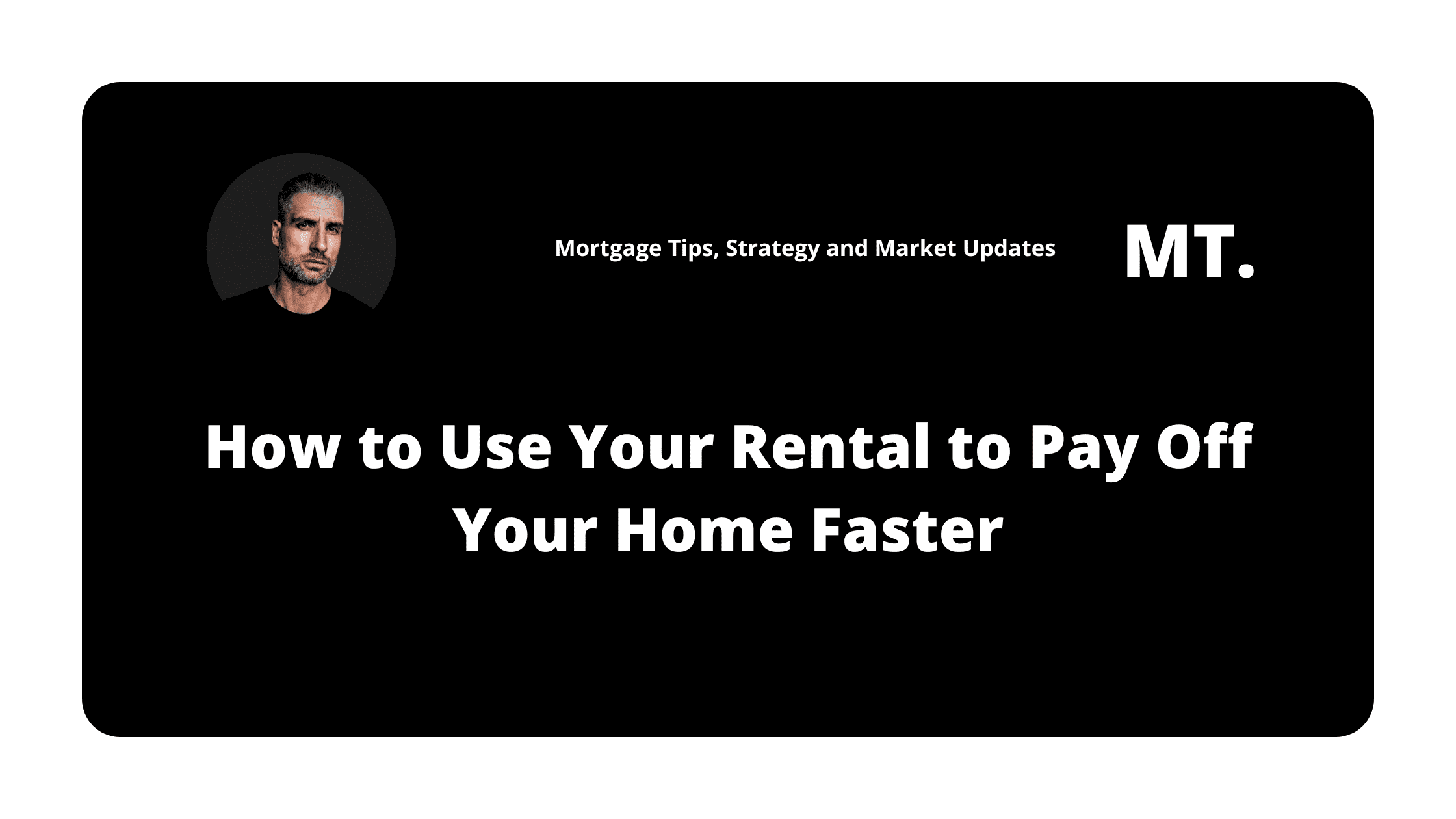Read Time: 3 Minutes
How to Use Your Rental to Pay Off Your Home Faster
Most Canadians pay their mortgage down the old-fashioned way — with after-tax dollars, one payment at a time.
But if you also own a rental property, there’s a little-known strategy that could help you do it faster — while saving you thousands in taxes along the way.
It’s called cash damming.
And if done right, it could transform your mortgage into a smarter, more efficient financial tool.
Now, let’s dive in.
What is Cash Damming?
Cash damming is a strategy that turns your non-deductible mortgage into tax-deductible debt — legally.
Here’s the basic idea:
You use your rental income to pay down your primary residence mortgage.
Then you re-borrow the same amount using a re-advanceable mortgage or HELOC.
You use that re-borrowed money to pay for your rental expenses — mortgage, property tax, insurance, maintenance, and more.
Because those borrowed funds are used to generate rental income, the CRA allows you to deduct the interest — making your mortgage work for you instead of the other way around.
How It Works in Real Life
Let’s say your rental brings in $2,500/month.
Instead of using that money to pay the rental’s bills directly, you apply it to your own home’s mortgage.
Your HELOC now has $2,500 of fresh borrowing room.
You then use the HELOC to pay the rental’s bills.
As a result, your HELOC balance grows, but it’s tied to an income-producing activity — so the interest is now deductible.
This cycle repeats each month.
Over time, more of your home mortgage becomes deductible.
More deductions = bigger tax refunds.
And those refunds can be redirected to pay down your mortgage even faster.
Is This Like the Smith Manoeuvre?
Cash damming is similar — but not the same.
The Smith Manoeuvre involves investing borrowed funds from your mortgage.
Cash damming uses your rental income to re-categorize personal mortgage debt as business-related.
Both are CRA-compliant when done right, but serve different purposes.
What You Need to Make This Work
Not all mortgages qualify.
You need a re-advanceable mortgage — like Scotiabank STEP, TD FLEXLINE, or Manulife One.
You also need:
- A rental property (cash flow positive or negative both work)
- Proper account setup to track income and expenses clearly
- Consistent bookkeeping with documented intent
- An accountant who understands CRA rules around deductibility
Why It Matters?
Not all mortgages qualify.
You need a re-advanceable mortgage — like Scotiabank STEP, TD FLEXLINE, or Manulife One.
You also need:
- A rental property (cash flow positive or negative both work)
- Proper account setup to track income and expenses clearly
- Consistent bookkeeping with documented intent
- An accountant who understands CRA rules around deductibility
Is It Complicated?
Not once it’s set up.
But it does require discipline and clean accounting.
This strategy isn’t sold at the bank counter, but it’s been used for decades by savvy investors and entrepreneurs who treat their real estate like a business.
If you already own a rental and have a re-advanceable mortgage, this could be one of the most powerful financial moves you make this year.
Cash damming isn’t a magic wand.
It doesn’t erase your mortgage overnight.
But it does transform it — from a liability into a strategic tax tool.
Want to know if this will work for you?
Overview
Subscribe to begin.
Join 7.5k+ subscribers and get tips, strategies and market updates every other Thursday morning.







